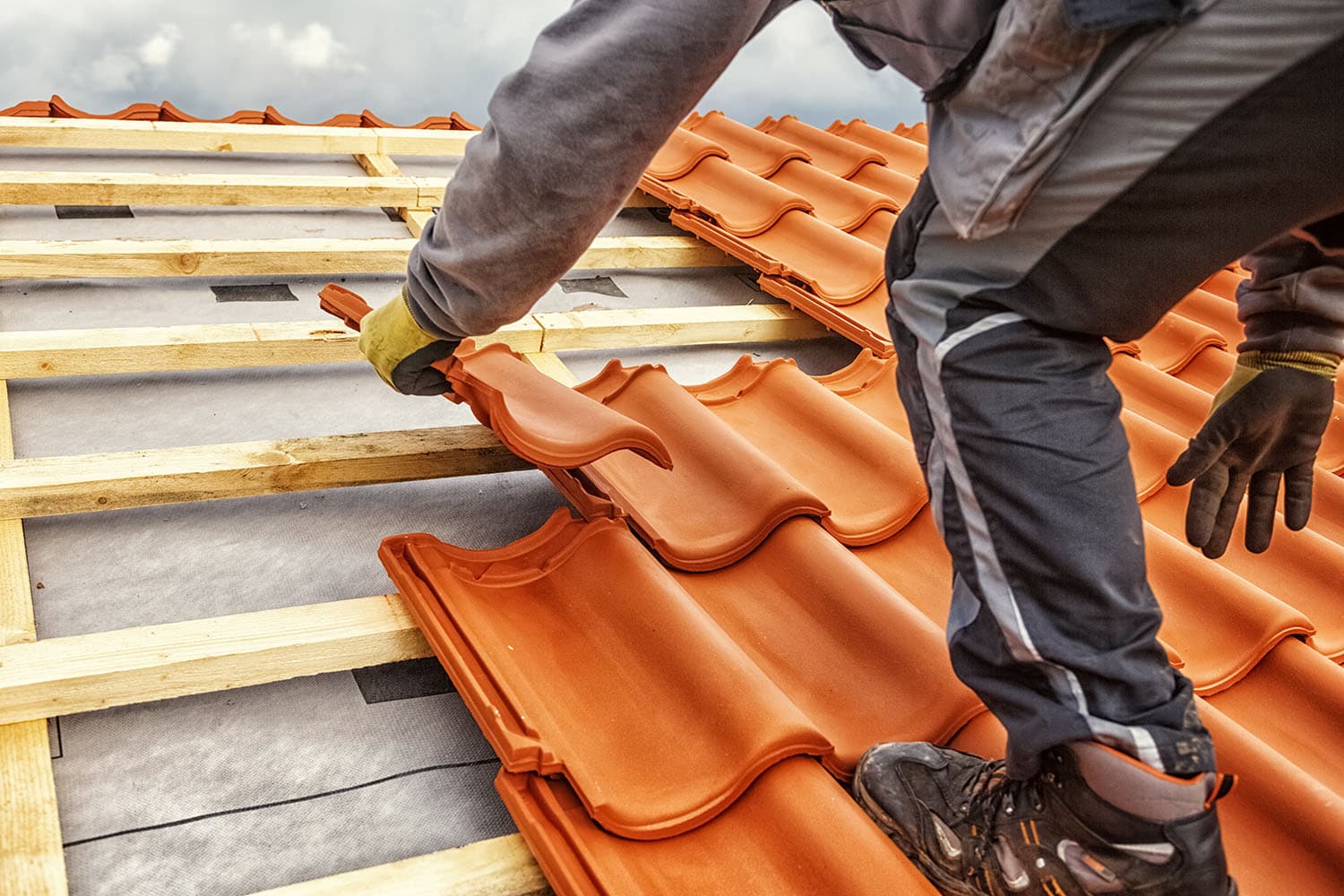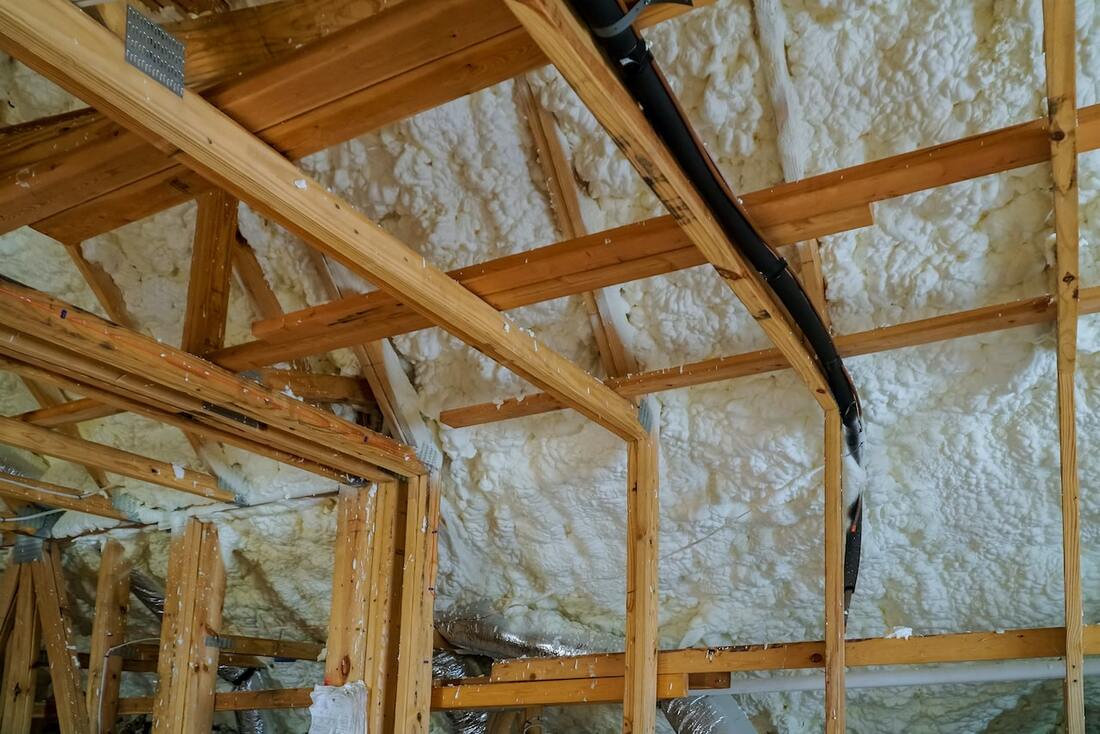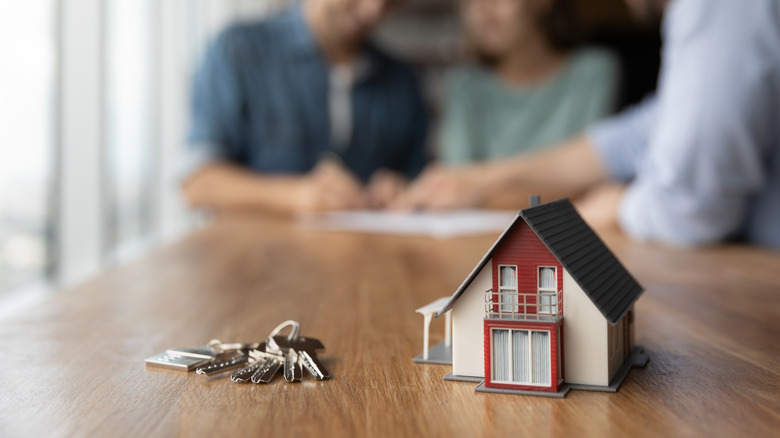Interior design is more about how we interact with our surroundings. It’s a vital component of our daily life that influences how we exist, work, enjoy, and even recover. The interior design creates comfortable homes, effective workplaces, and stunning public areas. Are you looking for an interior designer? You can get a great deal from many companies for interior design package Singapore.
Interior Designers at Their Finest Make it appear simple.
Designers employ a wide range of skills and technological know-how to build environments that anticipate our needs and appeal to our emotions. Interior designers are required to be familiar with the following topics:
- Textiles, materials, color, conceptual design, and sustainability are discussed.
- 2D and 3D desktop design (CAD) software, as well as building information modeling software (BIM)
- Building codes, structural restrictions, and health and safety concerns
Today, interior designers collaborate with builders, architects, engineers, artisans, furniture merchants, companies, and homeowners. You’ll need a well-rounded education and the ability to work across multiple disciplines to be a good interior designer.

What makes a difference?
The following sections go through the major challenges that interior designers must consider in further depth:
- Layout
The layout of a design is, in a nutshell, the placement of gear, Furniture, and objects in the area being developed, whether fixed or mobile. A good distribution can help organize the flows of an area, create permanent spaces, and build spatial hierarchies. Interior layouts are especially important for the smooth operation of a project in open architectural drawings, in which the designer seems to have more freedom.
- Furniture
Whether fixed or movable, Furniture has a direct effect on the performance of any interior design project. The designer’s responsibility is to ensure that the project’s decisions will benefit the space’s everyday operation while also ensuring that they will not jeopardize basic considerations such as circulation.
- Ergonomics & Comfort
For the previous few years, we’ve talked a lot about making interior spaces more comfortable. In an expanding urban and crowded world, indoor environmental quality is critical. An uncomfortable, hazardous, or unhealthy interior can be extremely destructive to people’s overall health, given that we spend more of our time there.
After all, comprehending the individual being in all of its physical, anatomic, and psychological aspects will enable us to attain a high degree of comfort while appreciating diversity and variations.















